Self-taught, Cuban-born artist Llane Alexis hand-stitches textile remnants to make whimsical and politically charged works of art.
I’m a self-taught artist, born and raised in Cuba. I came to the U.S. 18 years ago on a cultural exchange visa. And then I decided to stay. At that time, it was very easy for Cubans to stay in the U.S. under the Cuban Adjustment Act.
Cuba is not a utopia at all. I’ve lived in Argentina and Brazil. Europe. That’s before I came to the U.S. It was easier for me to stay in this country with documentation. I needed to get out of Cuba because it’s such a homogenous country. As an artist and as a queer person of color, I had to be around diversity. I always strive for that. I wanted to be someplace where I can see tons of different cultures at once. In Cuba, it’s very hard to travel.
On Process
Honestly, I don’t sketch. It’s very intuitive. Everything I make is hand-stitched, because I’m terrified of sewing machines; I think I’m going to destroy my hands and my fingers. I like to create functional art. I like to take remnants, find an object like a rock or a chair or a keyboard, and wrap it, giving it a second lease on life. It used to be a shirt, but now it’s going to be a lampshade. It’s a process that I call conservation or preservation.
I’m very playful. I love creating monsters and dolls. I give them jewelry that has broken along the way. It all becomes very personal. It’s a long time and process every time I make one piece. I do like feeling that when I’m finished, it’s charged with some energy.
I don’t classify myself as modern or impressionist; I don’t belong to any movement. I grew up at a time when, due to a lack of resources, you worked with what you had. I work mostly with textiles or remnants of textiles that come from makers. It is my political statement to the fashion industry.
The fashion industry is second to oil in contributing to global warming and encompasses many things: the production of garments, underwear, perfume, cosmetics, accessories. There are just a few companies taking steps to alleviate and reduce the carbon footprint of their production. With large companies like H&M, the cheaper the clothing, the more concerned you have to be. These garments are produced in Bangladesh, China, India. If you pay for a dress here in America that costs only $19, imagine how much money manufacturers are paying the person who is making those garments. Not a living wage.
Instead, you can shop at thrift stores. You can mend worn socks and underwear. You can learn how to make your own clothing, too, and restore old clothes.
I’ve collaborated with Levi’s and with Dosa, a textile, clothing, and accessories brand known for its innovative and sustainable use of fabric and its support of artisans around the world. I consider the maker of Dosa, Christina Kim, one of my best friends and a pioneer in what we call “slow fashion.” There is an integrity in the way she pays and treats her workers and the organic, naturally-dyed textiles that she picks.
On Homophobia
My generation didn’t experience persecution like Fidel Castro’s concentration camps. I have experienced a lot of homophobic situations in Cuba, but I wasn’t mass-incarcerated.
Still, there are lots of forms of homophobia because it’s such a macho country and has many prejudices. Again, compared to here, there isn’t a squad of people gay-bashing people or a movement or a school or certified doctors doing conversion therapy. There’s none of that in Cuba.
Black Cuban v. Black American
I don’t know of a more organized and institutionalized racism than I have experienced here in the U.S. You have a police force that has so many connections to the KKK and Neo-Nazis. Honestly, I didn’t experience that in Cuba. Not to say I didn’t experience racism in Cuba, where the lighter you are, the better your treatment. And Cuba had slavery, too. Black Cubans still have that Post-Traumatic Disorder in our DNA.
Lately I see that there’s so much more debate about pan-Latino and Afro-Latino identity. There’s a revolution going on and there’s a lot of acknowledgement. Latinos were thought of as part Native, part European people. And the African part has been ignored across Brazil, Cuba, and the Dominican Republic. Actually in Mexico, only two years ago, the Afro-Mexican population were finally recognized as Mexicans.
Nobody—not you or me—is just one thing. We’re not just Cuban or American or black or queer. We are human beings at the intersections of all those things. There are so many pieces inside of me that make my whole being function as one. If I take one of those pieces out of me, I collapse.
Words by Serena Kim
To Read More INTELIGENCIA stories like this one, go here.

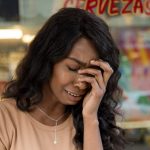

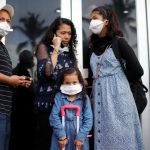



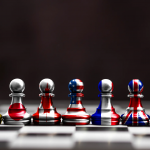
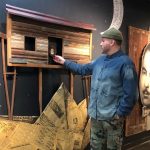


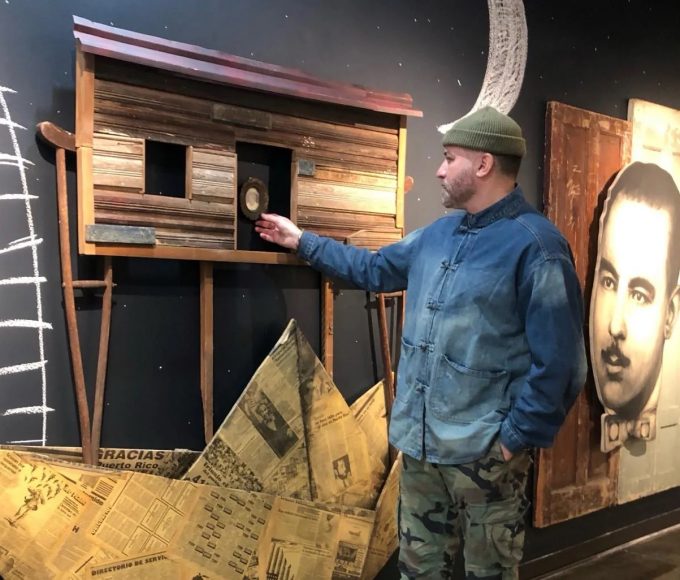

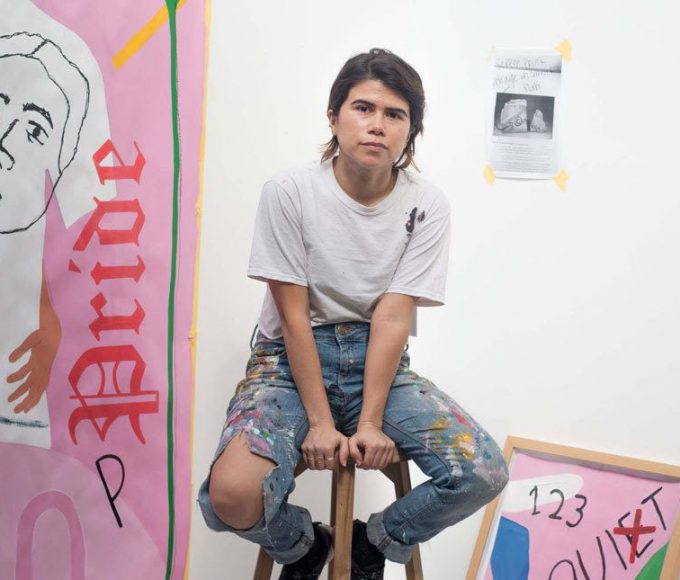
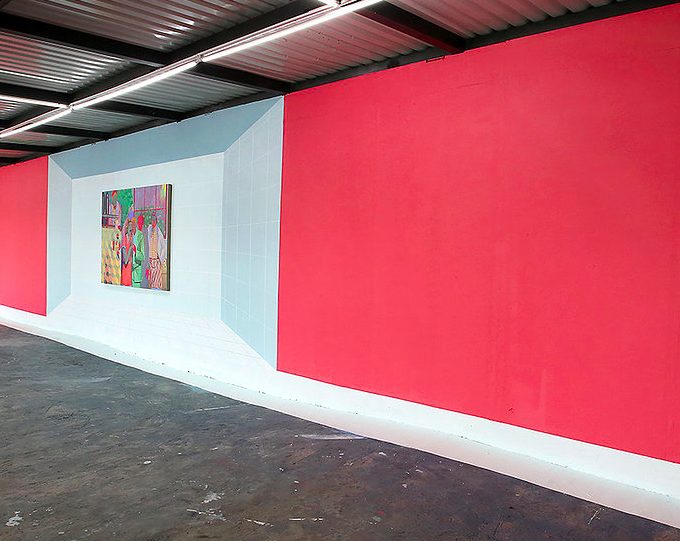

Leave a comment